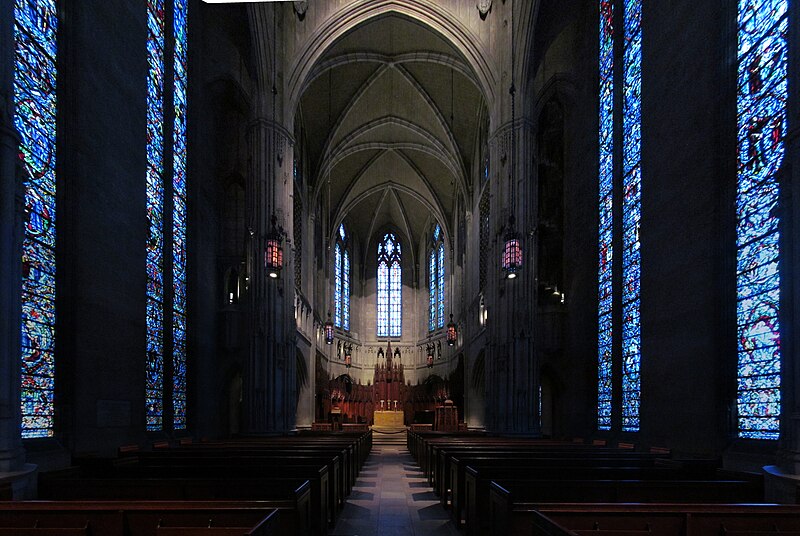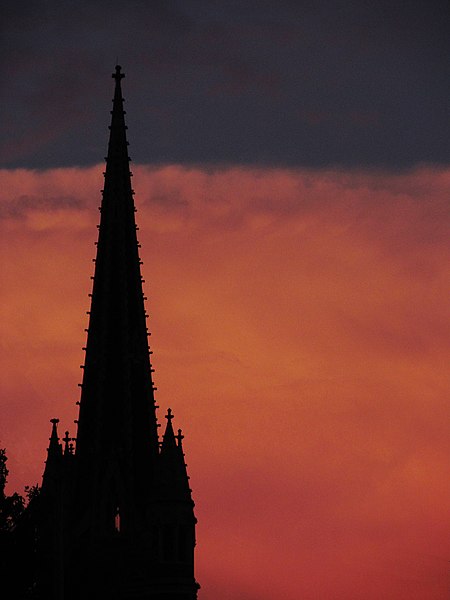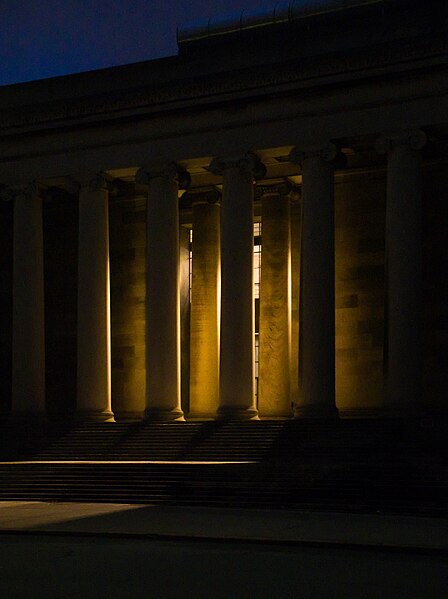
This is not Father Pitt’s favorite building downtown, but it was one of the last works of a distinguished modern architect: William Lescaze, who died in 1969, the year after One Oliver Plaza was built. The building has had several names since then; it now goes by the name K&L Gates Center. Old Pa Pitt’s friend Dr. Boli has remarked that the names at the tops of the skyscrapers are a good index of who is most ruthlessly exploiting the masses at the moment. K&L Gates is a gigantic law firm.

























